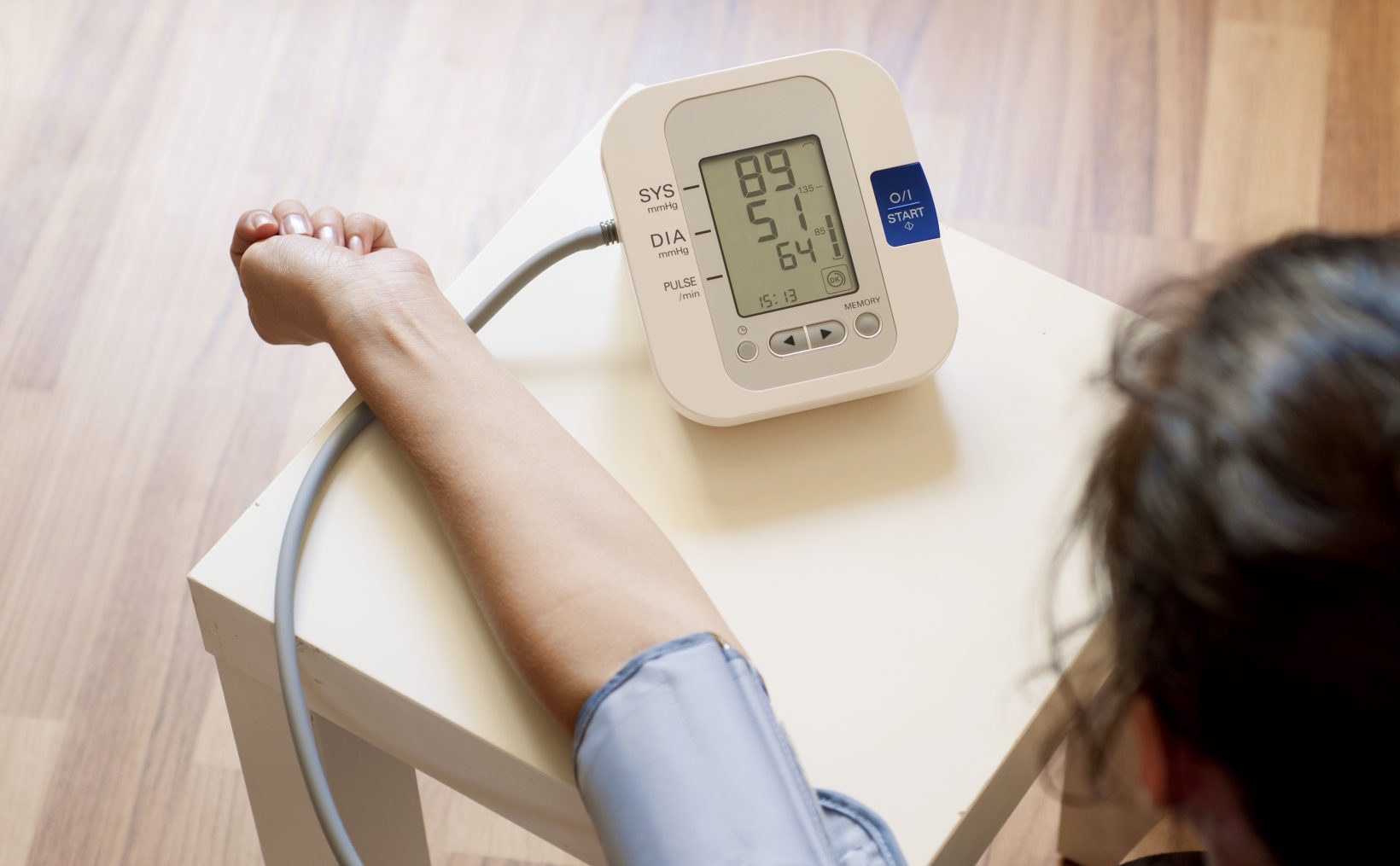The Crippling Blow: Demystifying Stroke and its Devastating Impact
Stroke, another devastating consequence of high blood pressure and high cholesterol, occurs when blood flow to part of your brain is disrupted. Imagine a power outage in your brain, where vital brain cells are deprived of the oxygen and glucose they need to function. There are two main types of stroke:
Ischemic Stroke: When Blood Flow Gets Blocked
Ischemic stroke, the most common type, occurs when a blood clot blocks an artery leading to the brain. This blockage can be caused by a buildup of plaque due to atherosclerosis or a dislodged clot from another part of the body.
Hemorrhagic Stroke: A Bleed in the Brain
Hemorrhagic stroke occurs when a weakened blood vessel in the brain bursts, bleeding into the surrounding brain tissue. High blood pressure is a major risk factor for this type of stroke.
Be F.A.S.T.: Recognizing the Early Warning Signs of Stroke
The faster you recognize the signs of stroke and seek medical attention, the greater the chance of minimizing brain damage and maximizing recovery. Remember the acronym F.A.S.T.:
- Face Drooping: Does one side of the face droop or feel numb?
- Arm Weakness: Can the person raise both arms equally?
- Speech Difficulty: Is their speech slurred or difficult to understand?
- Time to Call 911: If you observe any of these signs, call emergency services immediately.
The Long-Term Effects: Living with Stroke’s Repercussions
The effects of stroke can vary greatly depending on the severity and location of the brain damage. Some people may experience mild symptoms that resolve over time, while others may be left with permanent disabilities such as paralysis, speech problems, or cognitive difficulties.





